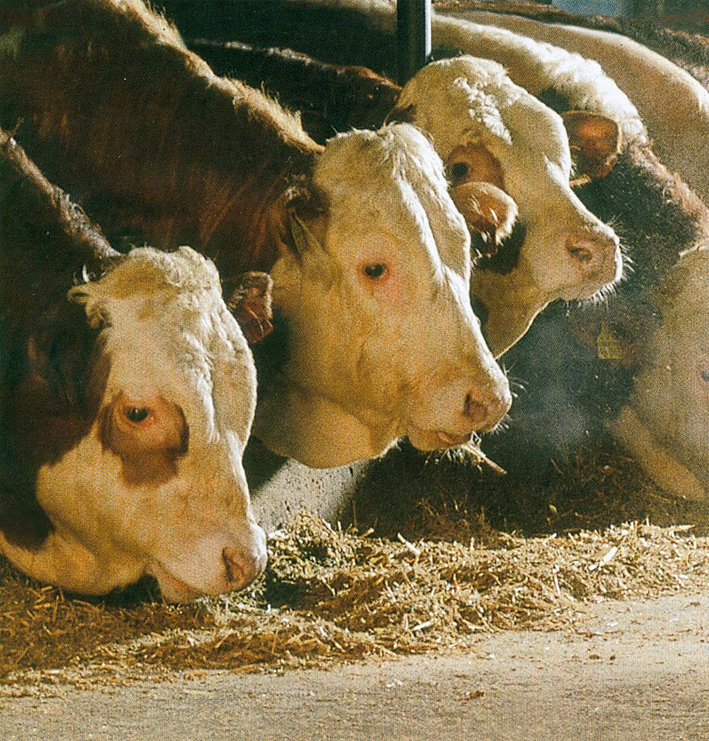This mainly takes place in specialized fattening farms in arable farming areas with the basic feed base being maize silage and corresponding concentrated feed supplements. In the present study, the possibility of fattening young suckler cows in grassland areas using grass silage as basic feed is to be examined. In a cooperation project between the Bundesexperimentswirtschaften GmbH Wieselburg (BVW) and the Higher Federal Teaching and Research Institute for Agriculture (LFZ Raumberg-Gumpenstein), questions about the influence of genetics, gender, concentrated feed supplements and final fattening mass on fattening and slaughter performance as well as meat quality are being investigated Fattening out of young suckler cows was examined.
Further information on project management can be found in the database for research and sustainable development (Dafne) -> Link







